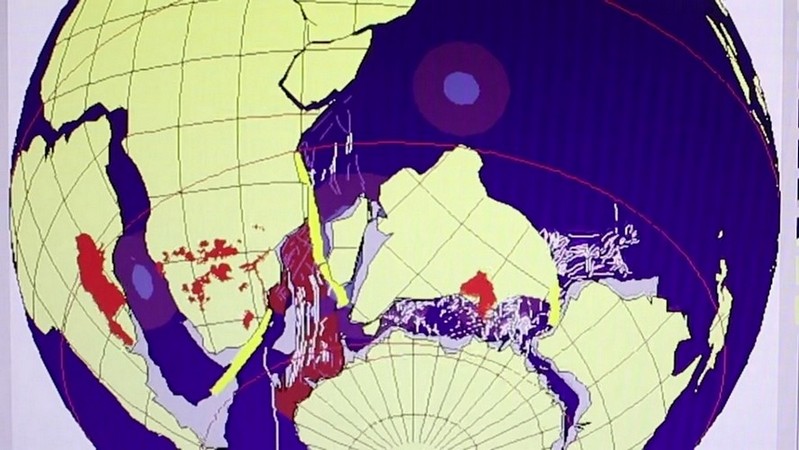Mauritius, a small island country in the middle of the Indian Ocean, placed just right from Madagascar, could be a part of an ancient continent that submerged under the ocean 200 million years ago.
A team of scientists from Wits University’s School of Geosciences, University of Olso and the German Research Centre for Geosciences studied the ground in Mauritius, discovering pieces of a lost continent below layers of lava. Their research was published in the journal Nature Communications.

The continent is believed to be a remnant of a larger region that broke away from nearby Madagascar during the latest plate tectonic shift that happened 200 million years ago. Plate tectonic movement made India, Australia, Antarctica and Africa to split up and dissolve the supercontinent called Gondwana.
The ancient continent broke off from Gondwana during the creation of the Indian ocean. The lost continent, dubbed Mauritia, sank beneath the ocean, with islands forming Mauritius being the only remnants of the continent that stayed above the sea level.
The scientists realized what they found thanks to the zircon traces found beneath lava layers. Zircons occur in granites, forming parts of continent plates. Zircons contain traces of lead, uranium, and thorium. Since the mineral managed to stay intact for such a long time, it can be “dated extremely accurately,” giving some insights regarding the processes that took places hundreds of millions of years ago.
The scientists dated zircon deposits found beneath lava and realized it is too old to be a part of the Mauritius Island. As Lewis Ashwal, one of the scientists who made the discovery stated, “Earth is made up of two parts- Continents, which are old, and oceans, which are young. On the continents, you find the rocks that are over four billion years old, but you find nothing like that in the oceans, as this is where new rocks are formed.”
Aswal further explained that in Mauritius there are no rocks older than 9 million years, but their research has found 3 billion-year-old zircons. This confirms the hypothesis explaining that the existence of zircons confirms the existence of really ancient crustal materials under Mauritius. The evidence suggests that one part of the ancient continent may lie below Mauritius.
This isn’t the only chunk of the lost continent since scientists believe the ancient Mauritia is spread across the Indian Ocean, broken apart during the breaking of Gondwana.
